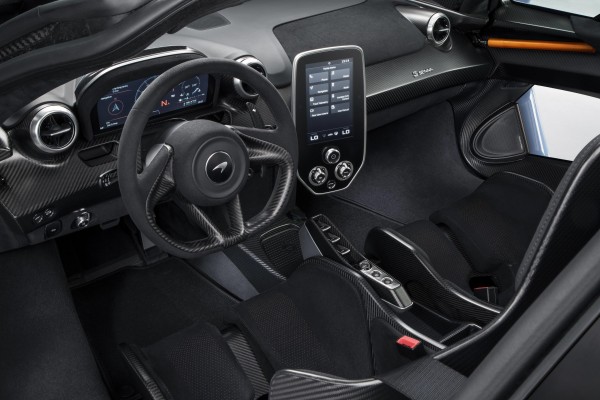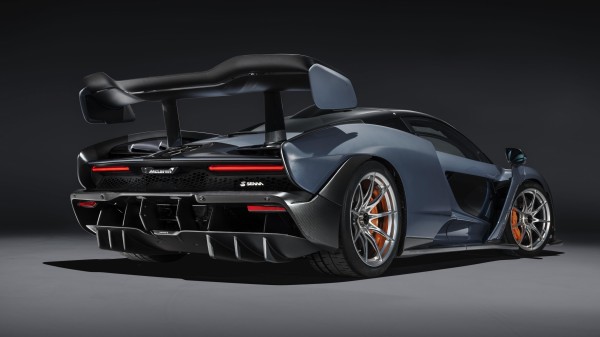Upcoming £750,000 McLaren supercar will reach 60mph in 2.6 seconds
Tech on the sports car named after legendary F1 racer Ayrton Senna includes McLaren’s most advanced braking system and most powerful road car-fitted engine

McLaren has revealed that its eagerly-awaited Senna supercar will be capable of reaching 211mph and hitting 60mph in 2.6 seconds.
The carmaker has released specifications today ahead of the Senna’s public debut at the Geneva International Motor Show on March 6.
The £750,000 limited-run supercar – of which all 500 have already sold out – is to be powered by McLaren’s 789bhp 4.0-litre, twin-turbocharged V8. This is the most powerful engine McLaren has ever put in a road car and also produces 800Nm of torque.

A dual-clutch, seven-speed gearbox delivers this immense power to the rear wheels, but the car can also be used in manual via steering wheel-mounted gear shifting paddles.
The British car maker also revealed that the body design, rear wing, as well as both the front and rear active aero have been designed to generate 800kg of downforce when the Senna hits 155mph.
The car, named after legendary Formula 1 racer Ayton Senna, has several different modes, including Comfort, Sport and Track. A special Race mode is also available – selected via a button in the roof-mounted panel – which introduces stiffer suspension, a lower ride height and a lower centre of gravity for optimal performance.
But drivers will need to come to a stop eventually, and this is why McLaren has fitted the Senna with its most advanced road car braking system, for which each CCM-R carbon ceramic brake disc takes seven months to create.
Rob Melville, design director, said: “The design language of the McLaren Senna is extremely aggressive and different from any previous McLaren – because no other road-legal McLaren has had to fulfil such an uncompromising brief.
“When you see the car for the first time, you know instantly how single-minded and focused it is; to meet the performance targets we have had to go to an entirely different level from even the McLaren P1.”

Bruno Senna, racing driver and nephew of Ayrton, said: “The McLaren Senna honours my uncle because it is so utterly focused upon the driver, and their absolute connection with the vehicle.
“This engagement, these sensory cues that the driver responds to and relies upon, the whole immersive experience, has been at the heart of the development from the very start.”





